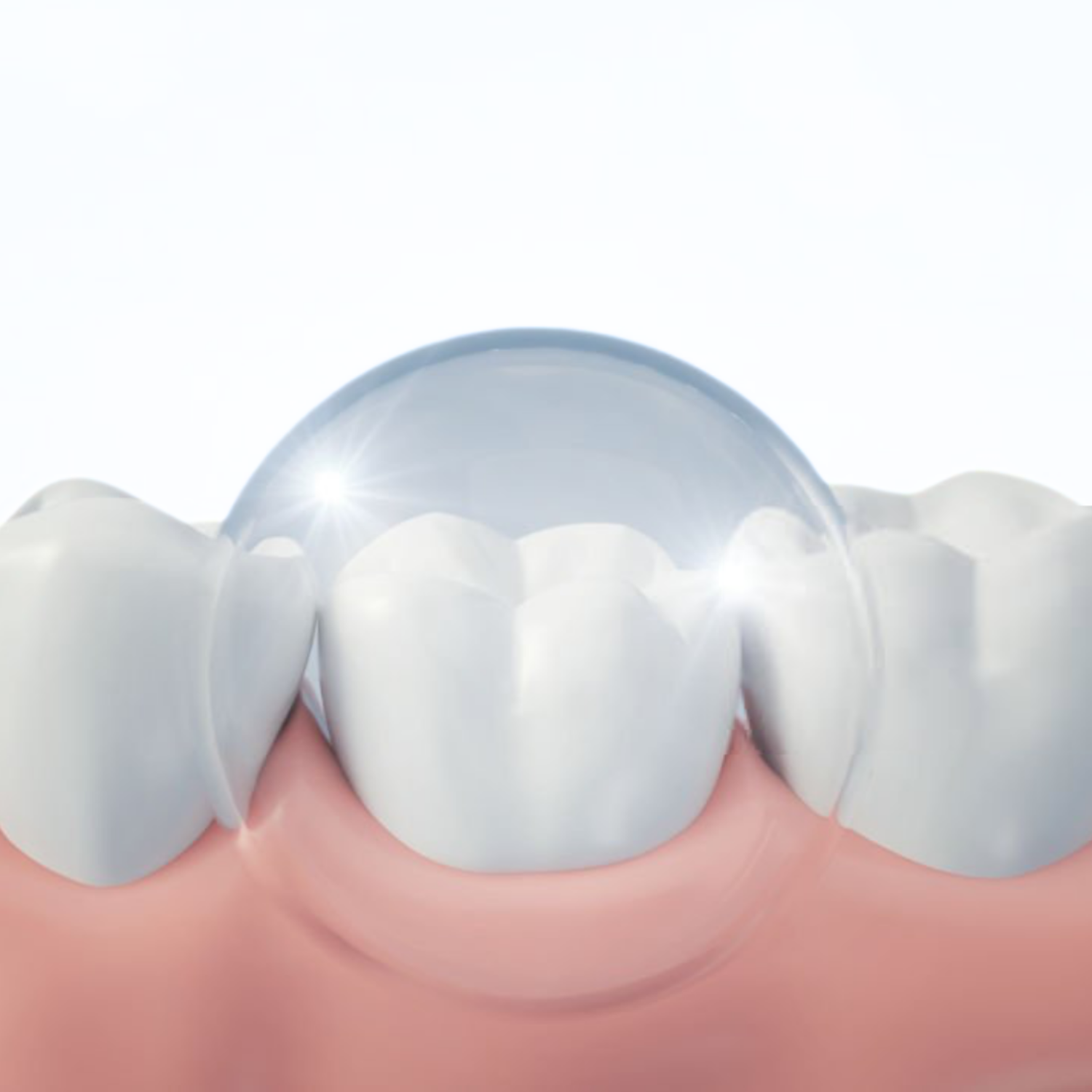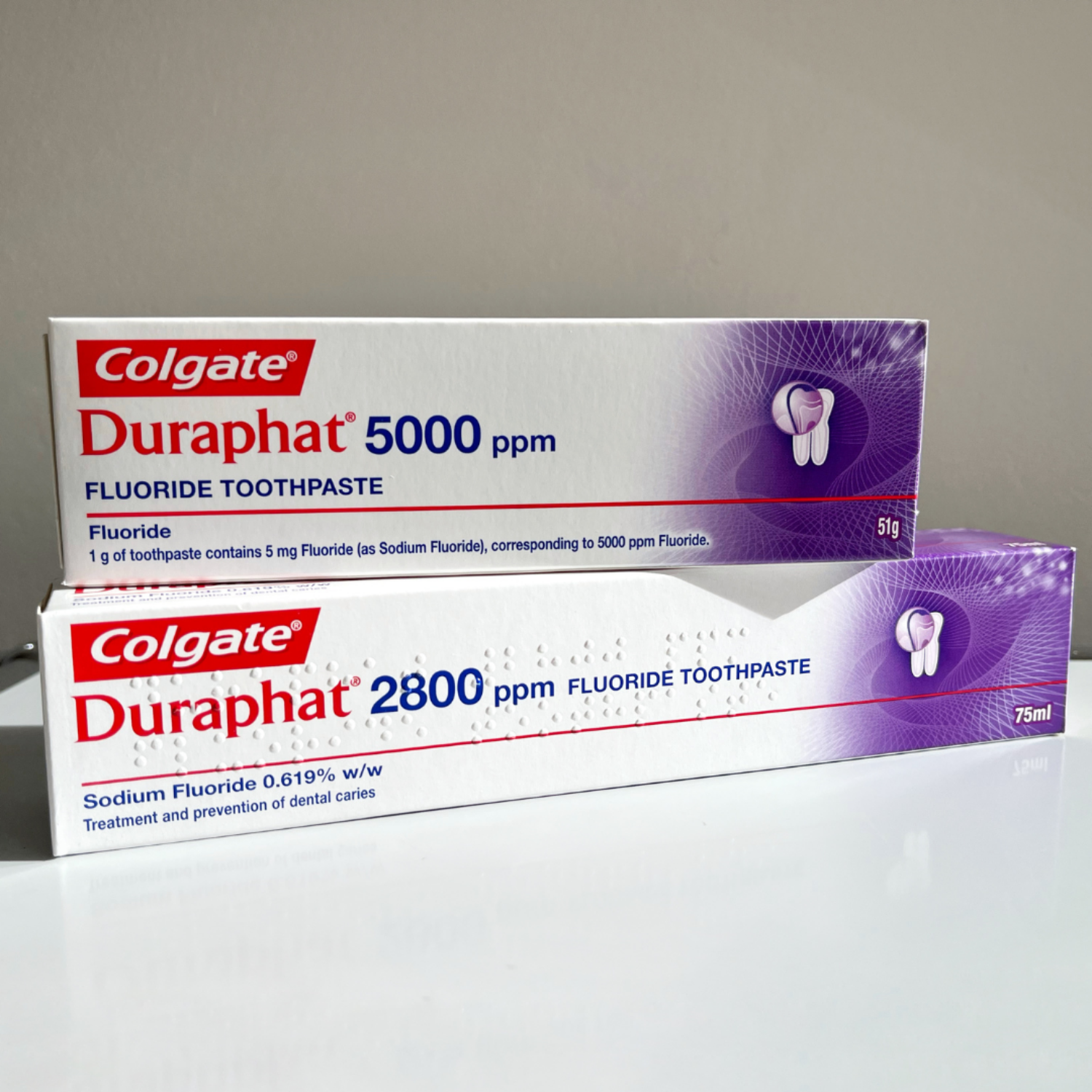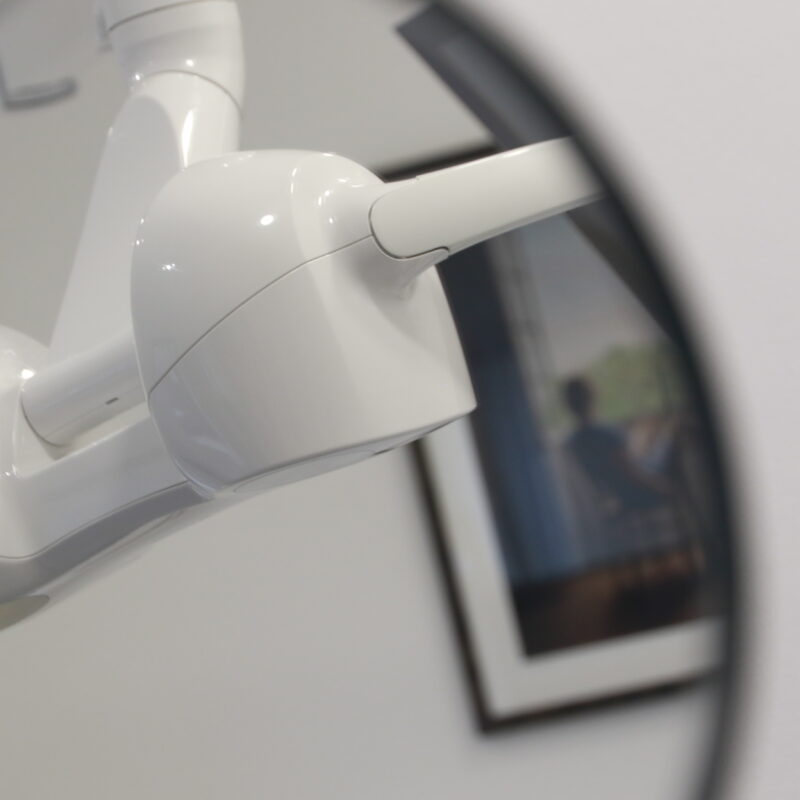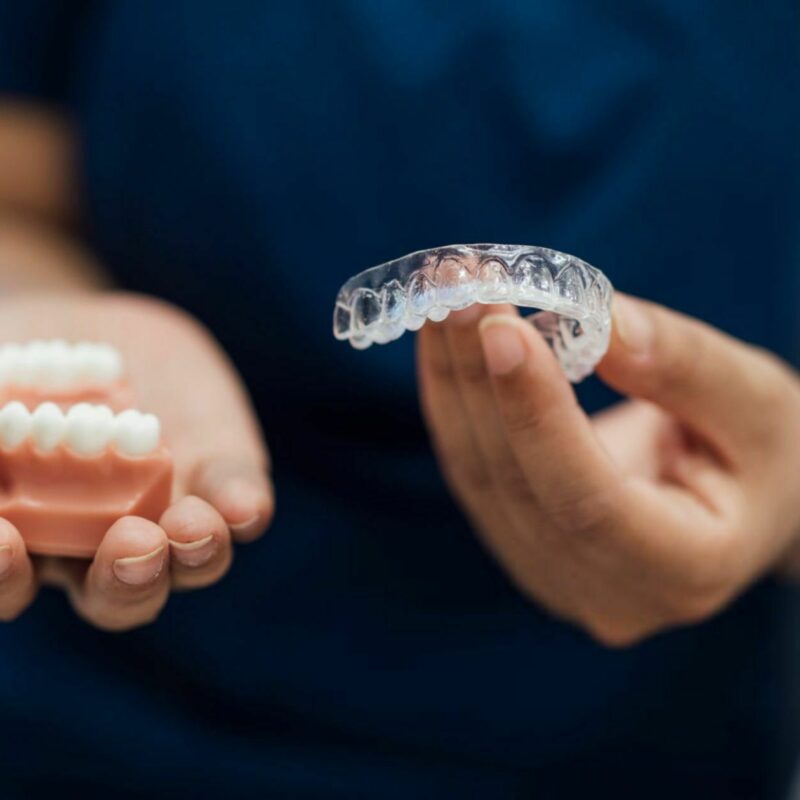Learn how high-fluoride toothpaste helps prevent tooth decay, its benefits, potential side effects, and why some patients may need stronger formulations.

Understanding the conversation around high-fluoride toothpaste
High-fluoride toothpaste is a clinically proven, prescription-only treatment for individuals at greater risk of tooth decay. Concerns about “too much fluoride” or side effects are common, but when used correctly under professional supervision, it offers strong protection without health risks.
This article outlines the benefits, considerations, and best practices for using high-fluoride toothpaste.

The science behind fluoride
Fluoride strengthens enamel by promoting remineralisation — redepositing calcium and phosphate after acid attacks. Acid attacks occur when bacteria in dental plaque feed on sugars from food and drinks, producing acids that temporarily soften and dissolve minerals in the enamel. Repeated acid attacks can weaken enamel, leading to cavities and sensitivity.
It also inhibits acid-producing bacteria.
Standard toothpaste contains 1,000–1,500 ppm fluoride, while high-fluoride versions provide 2,800 ppm or 5,000 ppm. These higher concentrations are prescription-only and recommended for patients at increased risk of decay.
Benefits of high-fluoride toothpaste
1. Stronger enamel protection
Enhances remineralisation and forms an acid-resistant surface, particularly helpful for patients with exposed roots, restorations, or dry mouth.
2. Reduced bacterial activity
Limits acid production from bacteria, decreasing plaque-induced enamel damage.
3. Suitable for high-risk individuals
Recommended for patients with orthodontic appliances, reduced saliva flow, or frequent decay.
4. Preventive and cost-effective
Helps prevent future restorative treatment, saving both time, money, and health.
5. Can improve sensitivity
High-fluoride toothpaste can also help reduce sensitivity in worn or exposed teeth by strengthening enamel and dentine, or after tooth whitening treatment.
Potential drawbacks and considerations
1. Not suitable for young children
Children under 10–12 years old are at risk of fluorosis if using high-fluoride toothpaste.
2. Requires professional guidance
Dosage and frequency should be prescribed by a dentist.
3. Avoid overuse
Swallowing toothpaste can lead to systemic fluoride intake. Use a pea-sized amount and follow instructions.

Best practice for use
- Brush twice daily for two minutes.
- Spit out excess toothpaste, but do not rinse afterwards.
- Use a tongue scraper. This also helps to remove excess toothpaste, and it removes bacteria, leading to a fresher, healthier mouth.
- Avoid eating or drinking for at least 30 minutes post-brushing.
- Maintain regular dental appointments with your dentist and hygienist
Dentists usually prescribe 2,800 ppm or 5,000 ppm fluoride based on individual risk. (Repeated info from above)
Suggestion:
A dental check-up is needed to assess individual risk and determine whether a patient would benefit from a 2,800 ppm or 5,000 ppm fluoride toothpaste.
A balanced perspective
High-fluoride toothpaste is a safe, well-researched preventive tool for high-risk patients. Standard fluoride toothpaste remains sufficient for most people, but high-fluoride options offer extra protection and targeted benefits for those prone to decay or sensitivity.
Evidence-based:
The Role of Fluoride on Caries Prevention 2023
https://www.ncbi.nlm.nih.gov/books/NBK587342/
Fluoride toothpastes of different concentrations for preventing dental caries 2019
https://pmc.ncbi.nlm.nih.gov/articles/PMC6398117/
High-fluoride toothpaste: a multicenter randomized controlled trial in adults 2014

More
from the blog
Blog /Advice
Nutritional Effects on Oral Surgery Outcomes
Preparing Your Body for Faster Recovery
Read moreBlog /Advice
PRF facials - Platelet-Rich Plasma
Learn how platelet-rich fibrin treatments naturally restore youthful skin
Read moreBlog /Advice
Dental Composite Fillings: Process, Benefits & What to Expect
Find out what to expect during a dental composite filling procedure at our Highgate, North London practice
Read more





